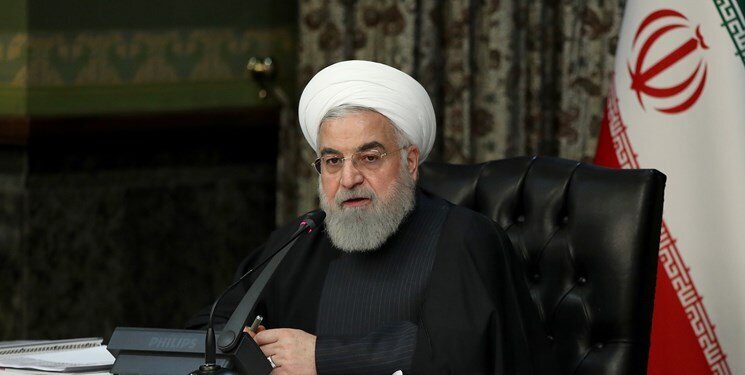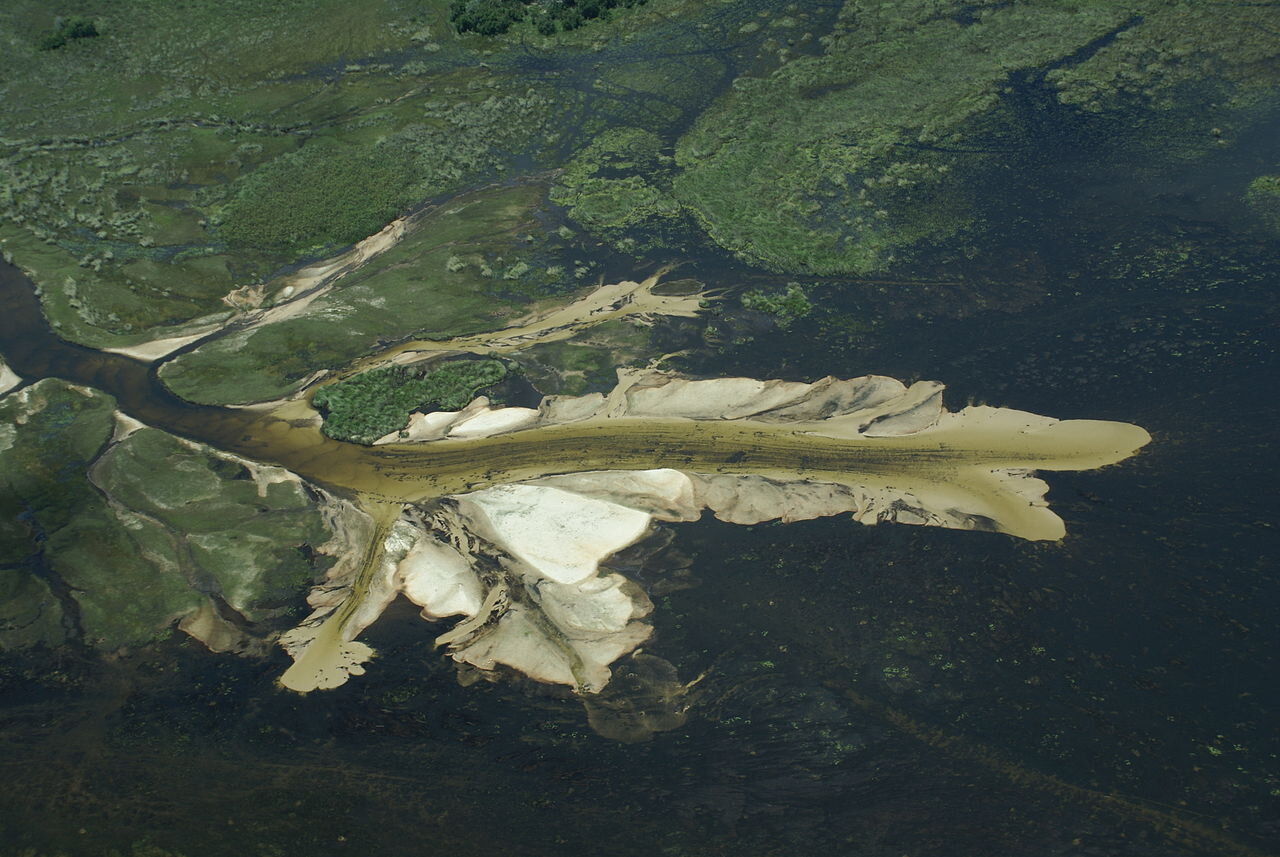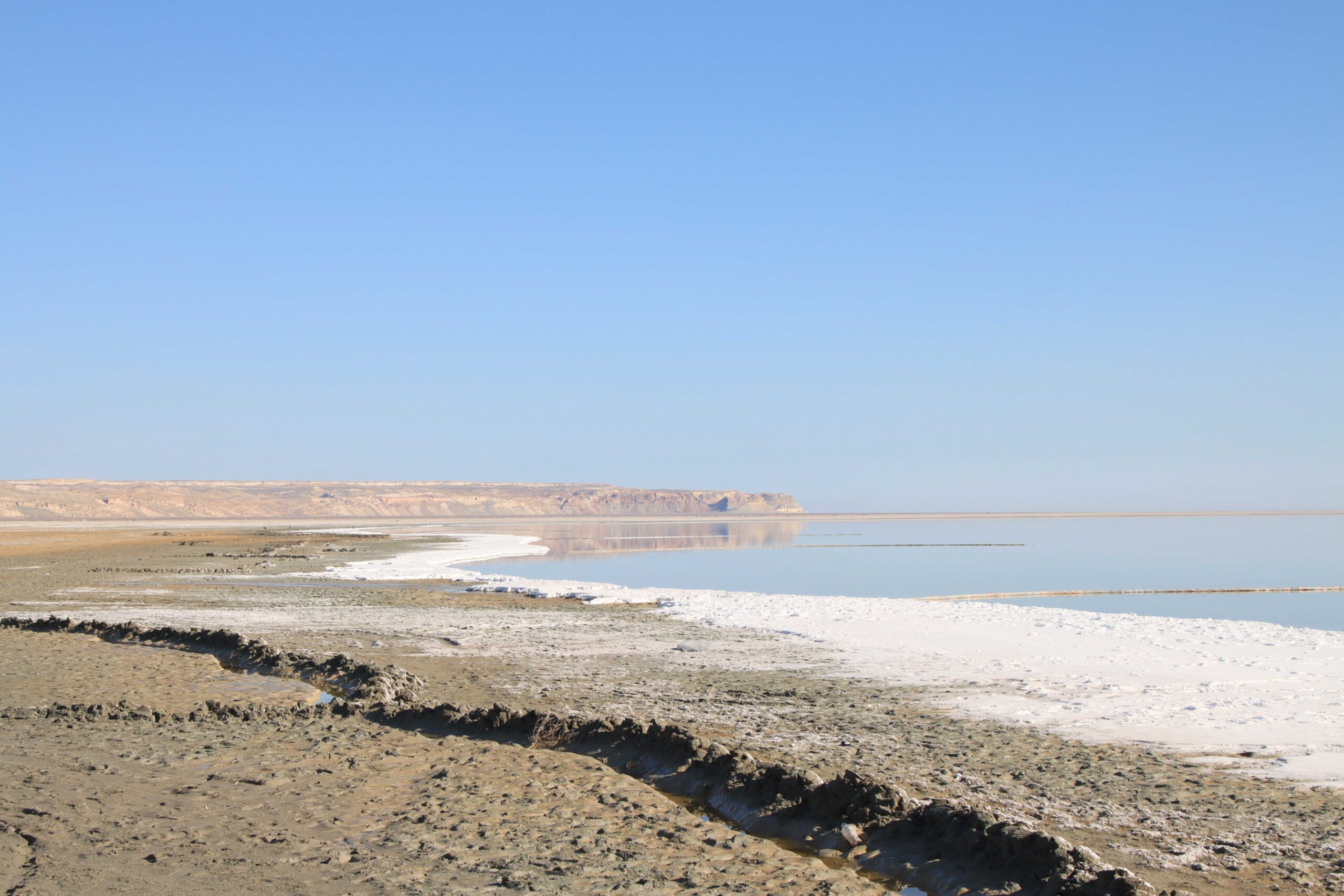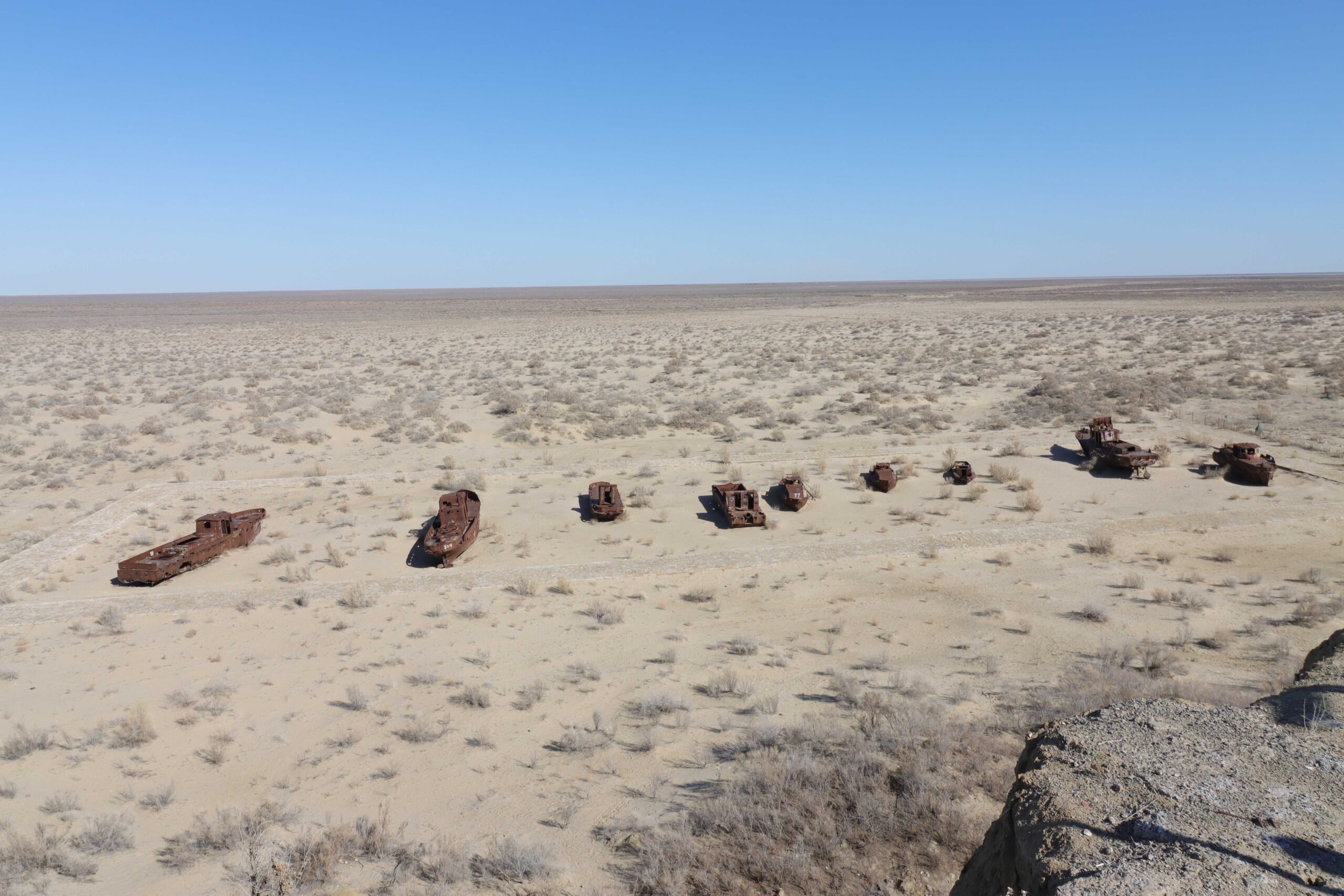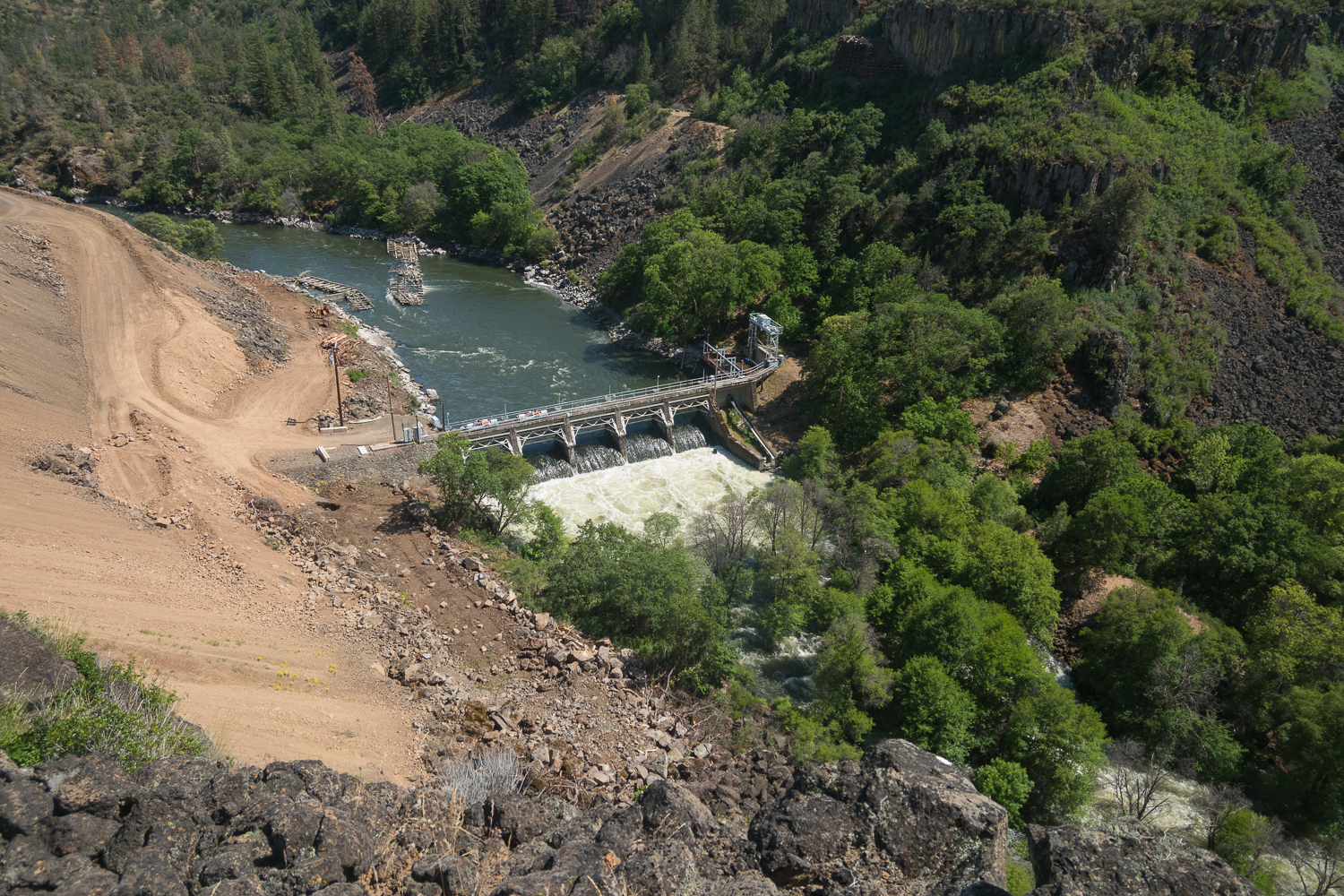160 miles upstream from the Okavango Delta, a drilling rig plunges through the sand looking for oil or natural gas. The operators belong to an exploratory-state drilling company called ReconAfrica, formerly Reconnaissance Energy Africa Ltd, that believe they have just entered into the testing phase of what will become a much bigger drilling operation.
The company has licensed 13,600 square miles of ground in both Namibia and Botswana, in Africa’s southwest corner for drilling, an area that contains the world’s largest concentration of elephants, thousands of rural villages, ancestral elephant migration routes, wildlife conservancies and national parks, several UNESCO Heritage and Natural Sites, and the Okavango Delta, one of the largest inland deltas in the world, and one which every year brings water to millions of people and animals.
Suffice it to say the ‘battle,’ legal or otherwise between those concerned about the harm such drilling practices could bring to the ecosystem, and ReconAfrica was started immediately.
Market forces sent the prices of any oil companies involved skyrocketing after the world’s leader in resource detection and assessment, Wood Mackenzie, suggested the Kavango Basin is equivalent to the Midland Basin in Texas that has so far produced 29 billion barrels of oil and 75 trillion cubic feet of natural gas.
Rooted in the “prolific Permian,” layers of sedimentary rock from the Permian geological era from which many of the world’s oil reserves draw from, the Kavango Basin reserve is suggested as being the world’s last great onshore oil discovery.
PICTURED: The elephants’ last great stronghold, the Okavango Delta. Photo credit: Justin Hall CC 2.0.
Elephants’ last great stronghold
18,000 of Botswana’s 180,000 elephants reside in the Okavango Delta, which floods every year and creates one of the most astounding concentrations of wildlife on earth. Elephants migrate through the Kalahari Desert into the Okavango during this period of flood, which involves crossing Namibia, quite close to the secured drilling locations.
There are currently some loosely-applicable treaties and laws that protect the delta, the kind of treaties and good faith legislation that say a lot, but as many wild places have borne witness, do very little.
Among these are an international treaty on wetlands called Ramsar, to which Botswana and Namibia are both signees, and a U.S. resolution that states it is in the interest of the United States to ensure the protection of the delta.
Several natural resource projects of enormous value — some of the largest on earth, have recently been blocked due to environmental laws simply being too much for a single company, even in some cases with the aid of government departments, to overcome.
This includes the decades long battle over pebble mine, which could be the world’s largest known and undeveloped gold mine and copper deposit, containing potentially billions of tons of the precious and industrial metals. It was denied on environmental grounds last year.
Another situation was the sale of leases for drilling in the Alaskan Arctic National Wildlife Refuge, which attracted virtually no investors, and will likely be binned due to the Biden administration taking over in Washington.
Environmentalists rallying to protect one of the world’s most important delta ecosystems will look to these recent rulings as hope, but progress, according to some featured articles in National Geographic, is moving fast.
Evidence of fracking
In October of last year, Claire Preece, a spokesperson for ReconAfrica, told Nat Geo that their license is for conventional hydrocarbon extraction, and that fracking, the practice of injecting underground shale with high pressure fluid to shatter the rocks, was not necessary, or permitted in the license.
She said the company “will ensure that there is no environmental impact from these wells,” even though investigative reporting from Nat Geo has reveled the process for getting the drilling licenses was rushed, and many environmental assessments had not been properly completed, or completed at all.
No ministries of any kind responded to the famous magazine’s request for comment, even though the production license is for 25 years, with which they hope to build a very large oil and gas field, according to a 2019 investor presentation.
Two days ago, the first of several test wells were drilled, with the next stage of the exploration process to occur in 2024, at which point they can opt to extend to 2026.
The presentation also makes reference to “modern frac techniques” which National Geographic used, along with a mention of “unconventional methods” by one of the directors in a podcast interview, and later in a investor video program, as evidence that fracking will be employed.
Fracking has numerous environmental detriments, and can lead the poisoning of water, river divertion, and even earthquakes. In humans living around areas where shale fracking is employed, cancer and birth defects occur much more often and substantially.
Investigating the Environmental Impact Assessment (EIA) pertaining to the test wells as mandated by Namibian law, Nat Geo requested reviews from independent scientists, including some of who have carried out EIAs before.
The assessment completed by ReconAfrica “does not meet with the standards of comprehensive unbiased and scientific investigation required,” said Jan Arkert, a consulting engineering geologist who’s based in Uniondale, South Africa, while another of the experts, Avena Jacklin said “it is shocking that this EIA was authorized at all”.
All test drilling wells would need a source of water, which ReconAfrica note will be the Omatako River, but their assessment should have included: “the volumes of water needed, the number of boreholes, where the water will be taken from the Omatako, how the extraction of water could affect nearby water wells or surrounding communities, and the disposal and treatment of wastewater from drilling”.
ReconAfrica spokesperson Preece said that wells will be drilled and then turned over to local communities as part of their attempts to socially and economically empower the community, but declined for comment regard the chance that mines and the Delta, just 160 miles downriver, would be polluted by the activities.
Based on National Geographic’s reporting and statements from the government of Namibia and Botswana, environmental parties have 4 years to get this overturned before the next phase begins, and there are plenty of legal shortcomings to attack.
Continue exploring this topic — Global Coffee’s Sustainability Efforts Have Failed — New Report
Continue exploring this topic — Global Warming Has Achieved Self-Sustaining Permafrost Melt
